Gyeongju Bae-dong Samneung Royal Tombs (경주 배동 삼릉)
8.9Km 2020-04-06
Bae-dong, Gyeongju-si, Gyeongsangbuk-do
+82-54-779-6100
Samneung meaning "three royal tombs," has strong ties to history. The three royal tombs house three kings of the Silla Kingdom: King Adala (8th King of the dynasty), King Sindeok (53rd) and King Gyeongmyeong (54th).
King Adala, who cared deeply for his people, went to war after his citizens were abducted by the invaders of Baekje. But when Baekje asked for a peace treaty, King Adala released the prisoners he took during the engagement. During his rulling, a kingdom in Japan sent an envoy to ask for friendly relations with Silla. King Adala’s tomb is 58m in circumference at the base, 5.4m in x_height and 18m in diameter.
When King Hyogong died without any heirs, the people of the kingdom crowned his son-in-law as their next king – King Sindeok. During his reign, King Sindeok devoted himself to protecting his kingdom from invasions by Gyeonhwon and Gungye. The royal tomb is 61m in circumference at the base, 5.8m in x_height and 18m in diameter. It was robbed twice, inviting investigations in 1953 and 1963. The investigations revealed the tomb to be a chamber made of stone.
King Gyeongmyeong, the son of King Sindeok, together with Wanggeon, the founder of the Goryeo dynasty, successfully defeated Gyeonhwon’s attack against Daeyaseong Fortress. During his reign, he attempted to establish diplomatic relations with the Hudang dynasty of China, but was unsuccessful. The tomb is 50m in circumference at the base, 4.5m in x_height and 16m in diameter.
Sinseonam Hermitage Rock-carved Bodhisattva in Namsan Mountain of Gyeongju (경주 남산 신선암 마애보살반가상)
9.1Km 2020-04-04
Namsan-dong, Gyeongju-si, Gyeongsangbuk-do
+82-54-779-6100
This 1.4 m-high rock-carved Bodhisattva was carved on the southern rock standing right above Chilburam Rock on Namsan Mountain, which may be regarded as a repository of relics and artifacts including Buddha statues spanning the Three Kingdoms Period to the late Unified Silla Period.
Judging from the three-sided bejeweled crown he’s wearing on his head, this is clearly a Bodhisattva statue. He looks as if he is sitting on a cloud, while the closed eyes on the plump face give the impression that he is lost in deep thought. He seems to be watching mankind from his world above the clouds. He is holding a flower in his right hand and his left hand is held up to his chest as if he is preaching.
His robe is very thin, revealing the curves of the body, and hangs down to the base of the pedestal. The mandorla (Buddhist halo of light), which consists of both the dugwang (light radiating from the head) and hte singwang (light emanating from the Buddha’s body), is also the shrine for the statue, so the image of the Bodhisattva looks more prominent. It is presumed that this rock-carved Bodhisattva was made during the late eighth century during the Unified Silla dynasty.
Gyeongju Namsan Mountain (경주 남산)
9.4Km 2024-02-27
Namsan Mountain of Gyeongju (경주 남산)
+82-54-771-7142
Namsan Mountain of Gyeongju is a 466-meter mountain located south of the Gyeongju city center. Gyeongju was the capital of the Silla dynasty (BC 57-AD 935) from its inception to its end. The Silla people revered this mountain, considering it sacred, and left many traces of their presence, resulting in numerous cultural relics that still exist today. Therefore, visitors can enjoy both hiking and cultural heritage sightseeing on this mountain.
Cheonggong (청공한옥)
9.8Km 2024-12-19
5-6 , Igu 2-gil, Gyeongju-si, Gyeongsangbuk-do
+82-10-9009-6022
Cheonggong hanok stay is just 10-minutes’ walk from Gyeongju Bulguksa Station, on the Donghae Line, in Gyeongsangbuk-do. A traditional hanok built of timber and red clay bricks, this is a quiet and restful place. In the yard, visitors will find pine and other trees, garden plants and strangely-shaped rocks expressing harmony with each other, while beautiful flowers nestle in the field in front of the house. Each guestroom has a bathroom with toilet.
Cheongjae Hanok (청재한옥)
9.9Km 2025-03-24
163 Bulguk-ro, Gyeongju-si, Gyeongsangbuk-do
A cozy hanok accommodation in Gyeongju, Cheongjae Hanok is recommended to guests who seek to relax in a hanok nestled in a pine forest. Breakfast is offered upon advance request, and the building is equipped with a spacious parking space.
Kolon Hotel Gyeongju (코오롱호텔)
10.0Km 2021-04-15
289-17, Bulguk-ro, Gyeongju-si, Gyeongsangbuk-do
+82-54-746-9001
Kolon Hotel Gyeongju is located in front of Bulguksa Temple, one of the world’s top ten historic sites. The building features arch-shaped fortress wall with spacious areas, designed with both traditional and modern elements. As a recuperation hotel, it houses a spa using sodium bicarbonate water, and a 9-hole public golf course. It offers a cozy ambience and sincere service with varied facilities including pleasant guestrooms viewing the sunrise of Tohamsan Mountain, sports facilities for golf, swimming, jogging and spas. It is the only premium-class hotel in Gyeongju to have hot spring spa facilities. The lobby on the third floor is famous for the lounge where people can enjoy the panoramic scenery of Tohamsan Mountain while relaxing, as well as a coffee shop serving various drinks and a luncheon over live music.
GyeongjuCheonnyeonhanok Pension (경주천년한옥펜션)
10.3Km 2024-08-01
86-61 , Sidong-ro, Gyeongju-si, Gyeongsangbuk-do
+82-10-9898-3995
Cheonnyeon Hanok Pension in Gyeongju, Gyeongsangbuk-do, is a modern two-storey hanok built of pinewood and red clay, and equipped with geothermal heating and double doors to keep out drafts. Rooms have individual toilets and cooking facilities, and there is a spacious yard where children can play and grown-ups can experience folk games such as Tuho and Jegichagi. There are fine views of Joyang Reservoir and Tohamsan Mountain, and an inviting pine forest trail next to the house. Nearby tourist attractions include Seokguram Grotto and Bulguksa Temple.
Gyeongju Bulguksa Temple [UNESCO World Heritage] (경주 불국사 [유네스코 세계유산])
10.3Km 2025-03-24
385 Bulguk-ro, Gyeongju-si, Gyeongsangbuk-do
+82-54-746-9913
Bulguksa Temple is a representative relic of Buddhist culture from the Silla kingdom. The temple was built during the 15th year of King Beopheung's reign (514-540) to wish for peace and prosperity for all. It was later rebuilt in 751 by Kim Dae-seong. Unfortunately, the temple caught fire during the Imjin War (1592-1598). After the war, the temple suffered serious damage and was often the target of theft.
Starting in 1920, the temple has undergone continual restoration work. The temple now holds seven national treasures and a number of additional important heritages and was designated a World Cultural Heritage Site along with the nearby Seokguram Grotto by UNESCO in December 1995.
Bullidan Street (불리단길)
10.5Km 2025-05-28
11 Bulguksintaekji 5-gil, Gyeongju-si, Gyeongsangbuk-do
Bullidan Street, near Bulguksa Temple, once a popular destination for school and group trips, is gaining renewed attention with the opening up of various cafés, restaurants, and workshop spaces in the area. In spring, the street blooms with King Cherry Blossoms, attracting many visitors. On Saturdays, a flea market opens, offering handmade goods and souvenirs. It is the perfect place to stop by and unwind after visiting Bulguksa Temple or hiking.
Bulguksa Hanok Farm Stay (불국사한옥팜스테이)
10.7Km 2024-12-13
5-52 , Jinti-gil, Gyeongju-si, Gyeongsangbuk-do
+82-10-5489-1742
Bulguksa Hanok Farm Stay is an accommodation located just below Bulguksa Temple in Gyeongju-si, Gyeongbuk-do. There are four guest rooms, each of which is equipped with a bathroom and kitchen. Ouga is a two-story ondol hanok, with the first and second floors used as guest rooms, and there is a terrace where you can cook barbecue. Bokyeonga offers two guest rooms for accommodation, both of which are ondols (underfloor heating). There is a well-kept garden and a lawn with a foot volleyball field, and guests can participate in apple picking and farm-themed activities.
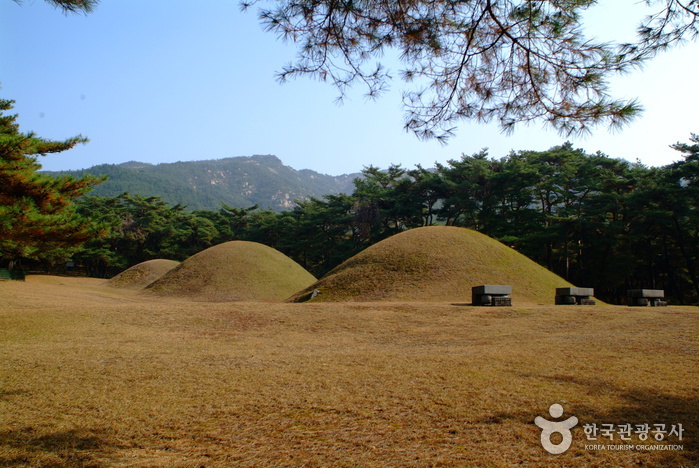

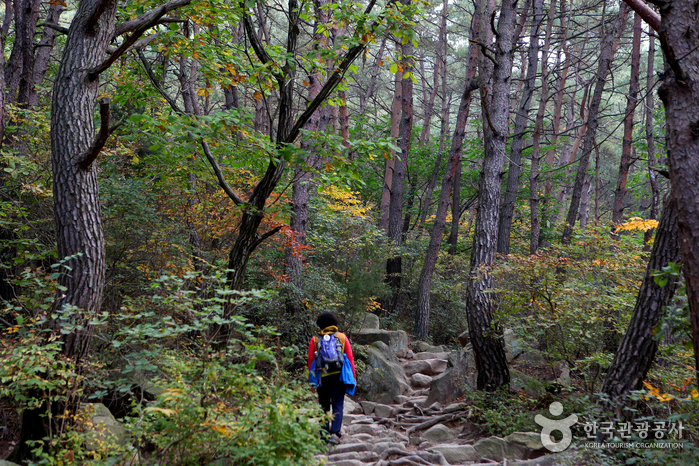
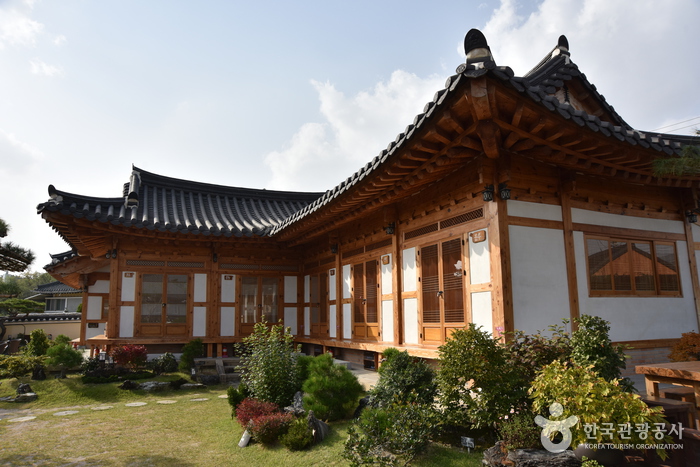
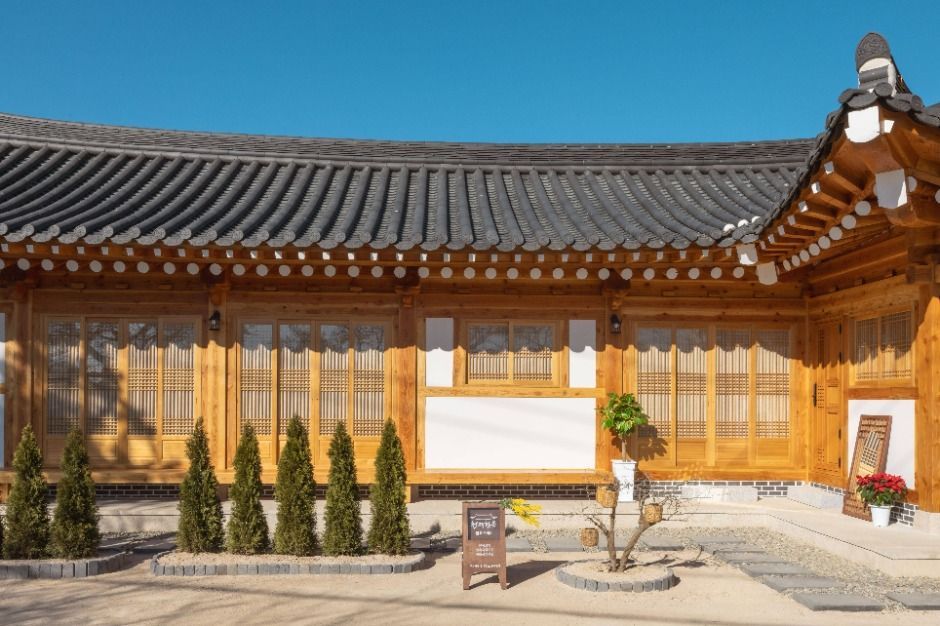
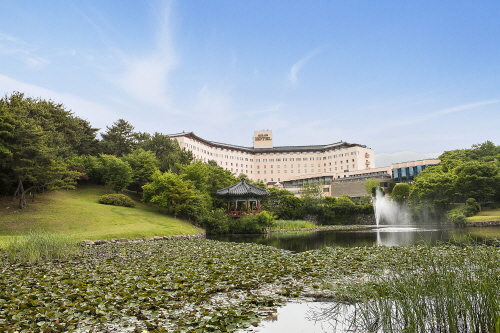
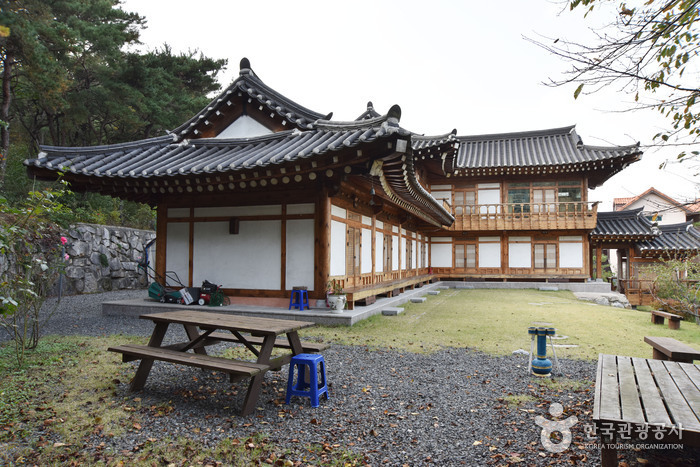
![Gyeongju Bulguksa Temple [UNESCO World Heritage] (경주 불국사 [유네스코 세계유산])](http://tong.visitkorea.or.kr/cms/resource/03/2678603_image2_1.jpg)
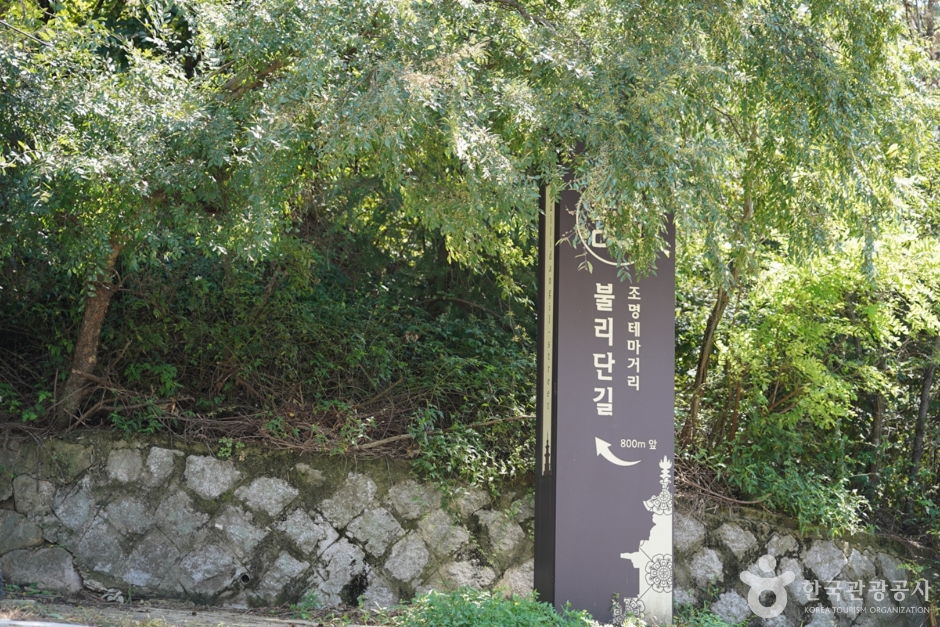
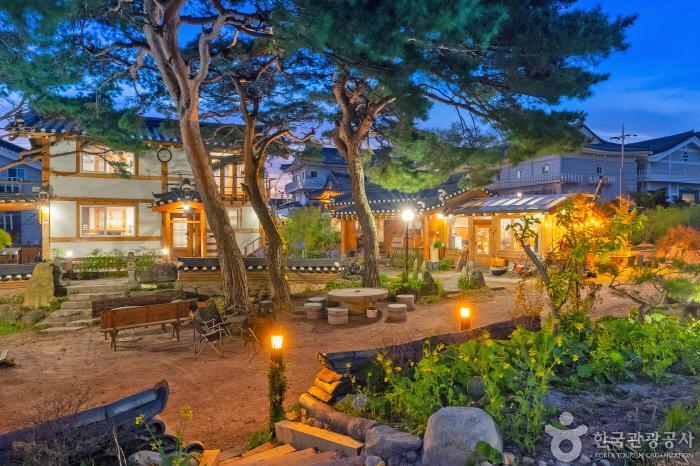
 English
English
 한국어
한국어 日本語
日本語 中文(简体)
中文(简体) Deutsch
Deutsch Français
Français Español
Español Русский
Русский